ScienceDaily (July 21, 2008) — Imagine the lives that could be saved from flash floods and drought, the millions of dollars in fuel costs that could be avoided for fishing vessels, and the homes that could be spared from the effects of coastline erosion if only scientists could more accurately predict the dynamics of Earth's often unpredictable oceans. Armed with increasingly more accurate forecasts, weather services in countries across the globe are improving time-sensitive warnings of cyclones, flooding and high sea winds, as well as information about when it's safe to scuba dive, sail, or fish 48 kilometers (30 miles) or more beyond coastlines.
NASA and several other international organizations have joined forces to launch into space a "crystal ball" to give scientists an extended satellite data record. The data can be used to improve ocean forecasting and to test the accuracy of climate and weather models using knowledge of past ocean conditions.
The newly-launched Ocean Surface Topography Mission/Jason 2 is made up of next-generation, state-of-the-art, satellite-based instruments that will provide a global view of Earth's sea surface height every 10 days. Scientists will use these data to create complex simulations of how ocean currents, tides and eddies might behave. Similarly, the data will also allow scientists to "hindcast"--that is, to test how accurate the simulations of past ocean forecasts were.
"To borrow from an old saying, 'it's the motion of the ocean' that is of most interest to us as scientists, and our ability to forecast it and learn lessons from it," said one of the mission's science team members, Robert Leben, an associate research professor at the University of Colorado in Boulder. "The further we can look into the past with the record of ocean measurements, the better we can predict future events. That is to say, if one day we can look back at a 20- or 30-year data record, we can more accurately say what will happen in the next 10 or 15 years because we will have a data record that indicates trends or correlations that lead to specific or expected outcomes. OSTM/Jason 2 is going to add to knowledge we've gained from the Topex/Poseidon and Jason 1 missions and put us closer to this goal."
To create the simulations, also called models, that predict ocean behavior, scientists combine information about factors such as wind speed, wave height, sea level pressure, temperature and air pressure with data gathered by satellite altimeters that measure the height of the oceans' surface (more commonly known as sea level). Radar altimeters, like those on OSTM/Jason 2, measure sea level by sending a radar pulse to the sea surface and clocking the time it takes for the signal to reflect back. All these data are fed into a computer program, allowing scientists to see into the future or to gain further insight from simulations of the past when hindcasting.
OSTM/Jason 2 is slated to orbit Earth and collect this important data set for at least three to five years. It will provide scientists with significantly more data to test their models, and extend the record of information available about ocean circulation and how the ocean affects global climate. During the mission's lifetime, scientists hope to add to what they currently understand about weather phenomena like El Niño and La Niña. During an El Niño, the eastern Pacific Ocean temperatures near the equator are warmer than normal, while during La Niña the same waters are colder than normal. These fluctuations in the Pacific Ocean temperatures can wreak havoc on climate conditions around the Pacific and beyond, leading to increased rainfall or drought.
"A longer period of data from the OSTM/Jason 2 mission can tell scientists more about how El Niño and La Niña are coupled not only to seasonal or yearly changes but to decade-to-decade oscillations of the Pacific Ocean," said Leben. "Owing to data from the mission's forerunner Topex/Poseidon and Jason 1 missions, scientists have already determined that decadal fluctuations in the Pacific enhance the frequency and intensity of shorter-term ocean events such as El Niño and La Niña. Just think of what more we'll learn as we collect future data from OSTM/Jason 2."
Knowing more about the oceans' behavior, including what El Niño and La Niña climate conditions may bring, will improve our quality of life and benefit industry. "For example, forecasts of ocean currents can predict the oceans' salt balance, which can be used to study the global water cycle," said science team member Yi Chao, a satellite oceanographer at NASA's Jet Propulsion Laboratory in Pasadena, Calif. Water evaporates from the ocean surface, and water from rivers and land-runoff cycle back into the ocean, so more precise forecasts of these movements will boost our knowledge of and ability to manage our most precious natural resource. This mission can help us determine the role of ocean circulation in completing the global water cycle."
"On the commercial front, offshore industries such as oil and gas exploration and production require accurate information about ocean circulation to minimize the impacts from strong currents and eddies," said Leben. "Search and rescue officials, marine operators, recreational boaters, and marine animal researchers all benefit from increasingly more accessible near real-time data."
"The Topex/Poseidon and Jason 1 missions got us off to a great start," said Chao. "When the two missions operated together in tandem, they doubled the coverage area and sharpness of the resolution of the sea level data so that we could 'see' more detail. This higher resolution is critical for extending the global sea level data into coastal zones, which of course are regions of great societal importance. OSTM/Jason 2 will provide another opportunity for a tandem mission with Jason-1."
Leben pointed out that with this new mission, the focus moves from research objectives to practical ways to apply the data that benefit society in tangible and essential ways.
For more information on OSTM/Jason 2, visit: http://www.nasa.gov/ostm .
WEATHER NOTE
U.S. Schools Receive Life-Saving NOAA Public Alert Radio
Federal agencies have begun distributing more than 182,000 Public Alert Radios to preschools, Head Start programs, K-12 nonpublic schools and nonpublic school central offices, K-12 school district offices and post-secondary schools. In two earlier phases, the federal government distributed radios to all 97,000 K-12 public schools across the country, bringing the program to a close this September with life-saving radios in every school in the nation.
The radios sound an alarm to alert school personnel about hazardous weather and other emergencies, even when other means of communication are disabled.
The radios are distributed by the Department of Commerce’s National Oceanic and Atmospheric Administration with funding from the U.S. Department of Homeland Security and assistance from the departments of Education and Health and Human Services.
Commonly known as NOAA Weather Radio All Hazards, these Public Alert Radios provide alerts and safety steps on a wide range of emergencies—from an approaching tornado, a telephone outage disrupting 911 emergency services, local roads overrun by flash floods, a derailed train posing a hazardous material threat, or the urgent need to be on the lookout for an abducted child.
The program also encourages school officials, emergency managers, human service providers, and Citizen Corps Councils across the country to partner and align their efforts with local emergency plans to build overall community preparedness. By coordinating with their local emergency managers and Citizen Corps Council, schools also can obtain technical and other assistance to improve their school safety plans and other emergency preparedness efforts.
For additional information on the Public Alert Radios for Schools program, see the Web site at http://public-alert-radio.nws.noaa.gov. The general public can learn about these radios at http://www.weather.gov/nwr.<READ MORE>
OSHA Updates Safety Equipment Regulations
August 22nd, 2008 Posted by Amelia
On August 19, the U.S. Department of Labor Occupational Safety and Health Administration (OSHA) published a proposed final rule to clarify the requirement for personal protective equipment and training for workers. The item was published in the Federal Register.
The new OSHA regulation affects personal protective equipment or PPE in general industry, maritime and construction trades.
Employers are invited to comment on the proposed regulation for 30 days. OSHA regulations have long required employers to furnish PPE to workers at no charge. Such protective gear may include work gloves, safety glasses or goggles, safety masks and other protective equipment. Even though the equipment is not shared among employees, the employer must bear the expense of providing it.
Since 1990, OSHA regulations have permitted inspectors to issue separate fines for each instance where an employee was not using a required PPE. In a factory, if 10 employees were not using safety glasses, OSHA could issue 10 fines to the employer. OSHA claims that it only did so in cases where the employer flagrantly disregarded its legal responsibilities for the safety and health of workers.
The most recent regulation addresses several court decisions that the language of the ordinance may not permit OSHA to issue multiple violations. Employers are still responsible for issuing personal protective equipment to all workers, and ensuring that it is used. However, in some cases, under the previous regulations, if 10 workers in a single location are found not to be using protective eyewear, the courts threw out 9 of the 10 OSHA citations and penalties, and only permitted one.
The new regulations would close that loophole, requiring employers to pay all 10 fines. The proposed revisions are primarily concerned with PPE and training related to known health hazards, such as asbestos and lead. The proposed changes will make no difference to employers’ legal obligations; however, they will ensure that OSHA has the necessary tools to assess higher penalties when safety inspectors deem it necessary.
Have a great weekend! RS

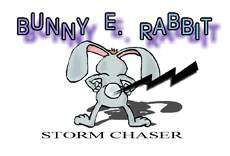






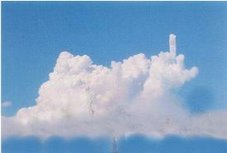
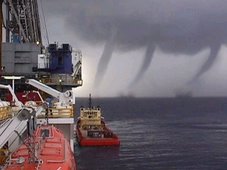
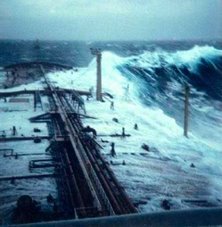
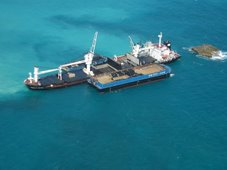
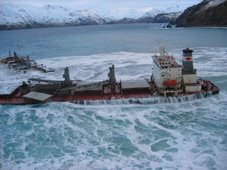
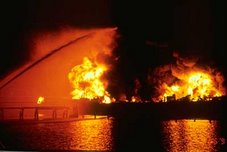
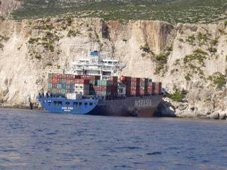
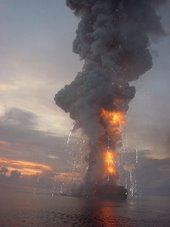

![Validate my RSS feed [Valid RSS]](valid-rss.png)